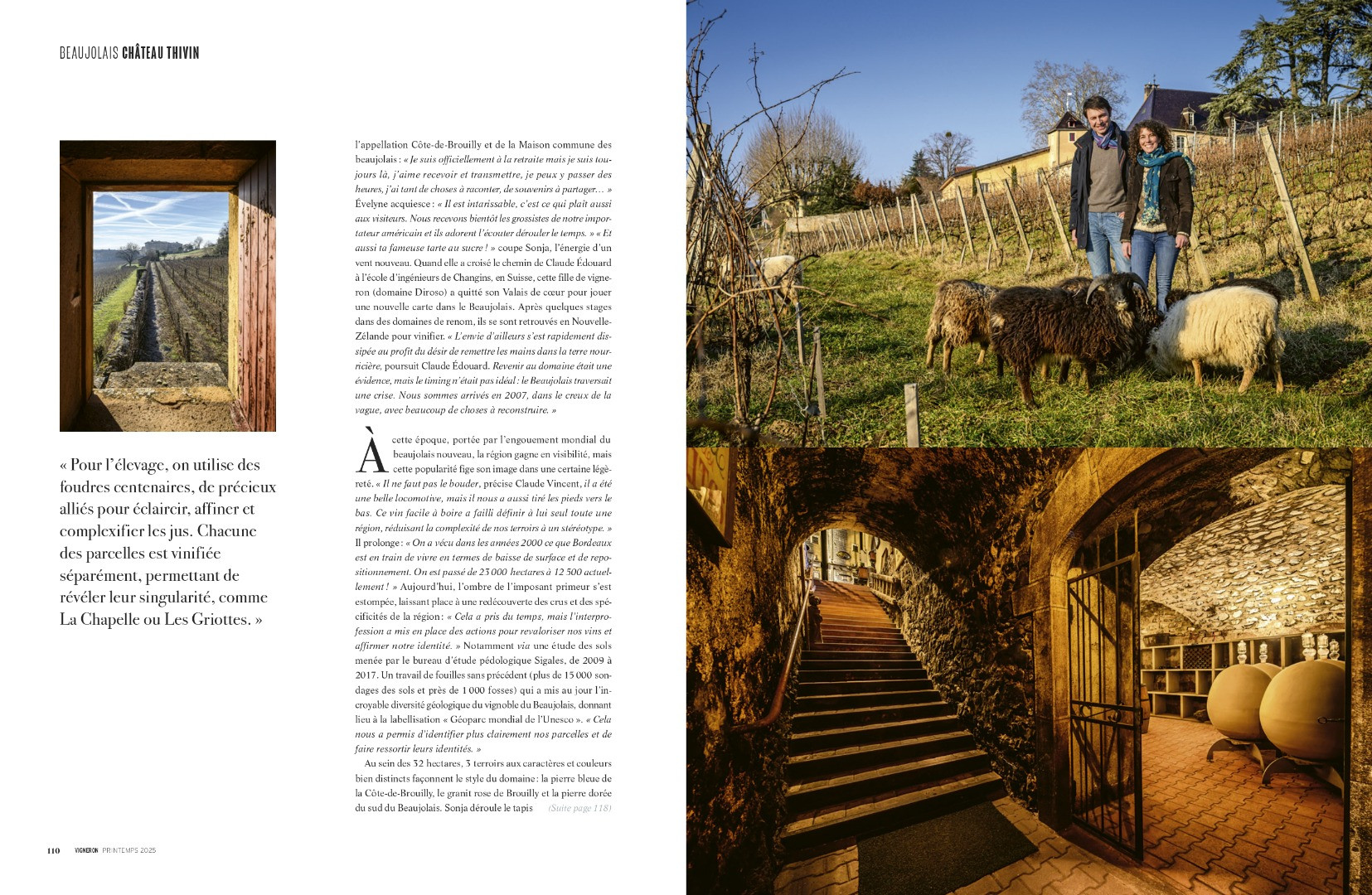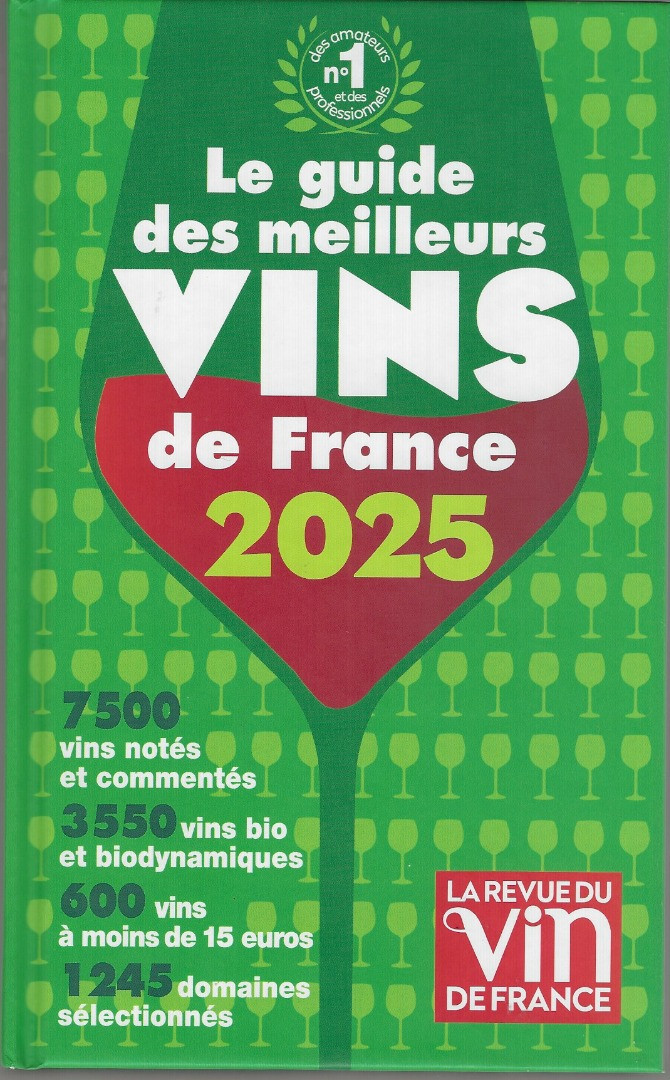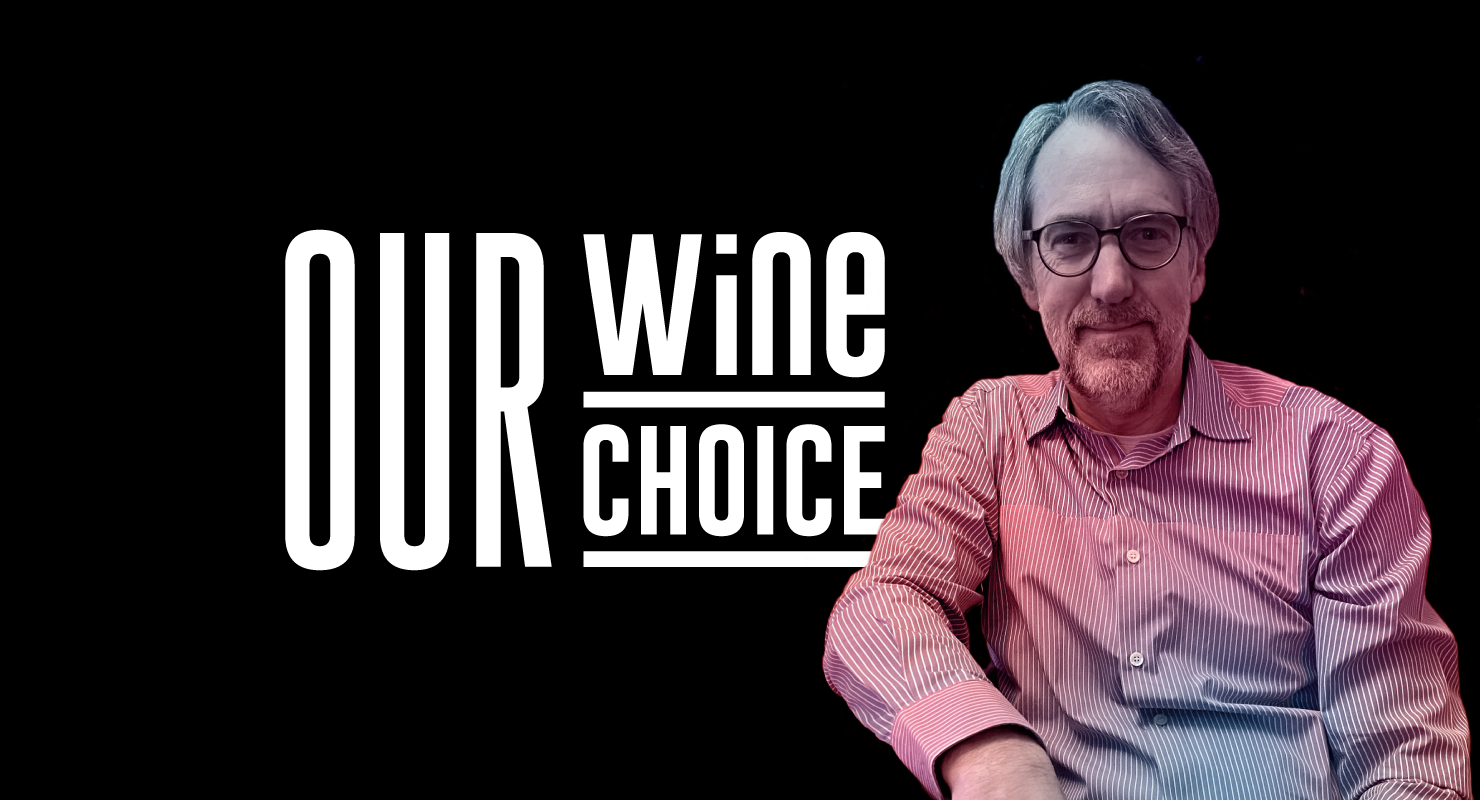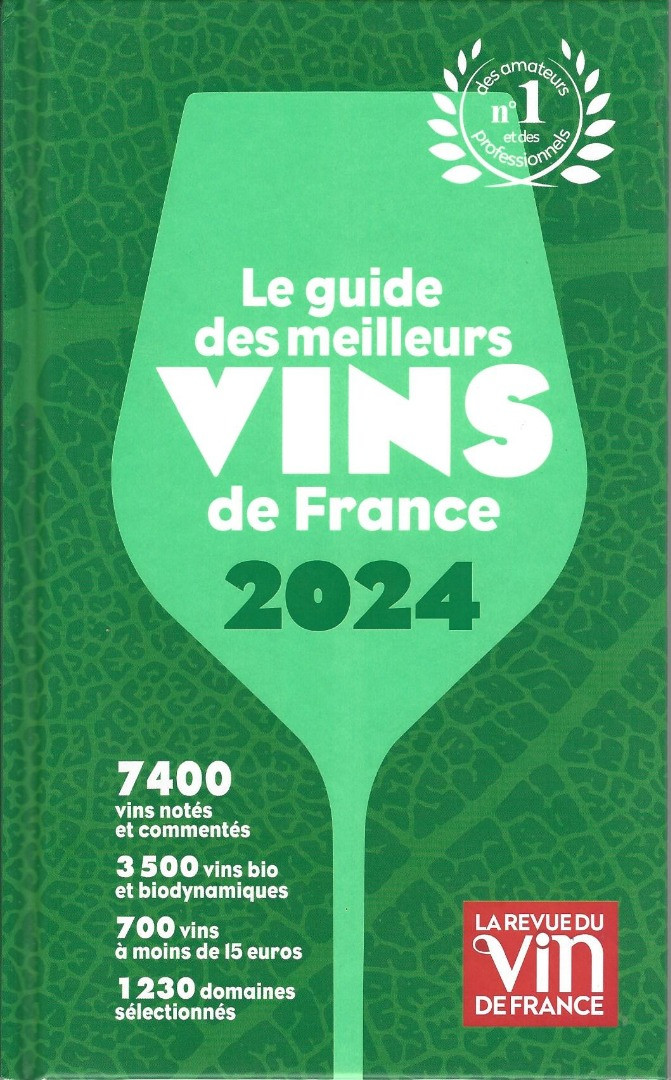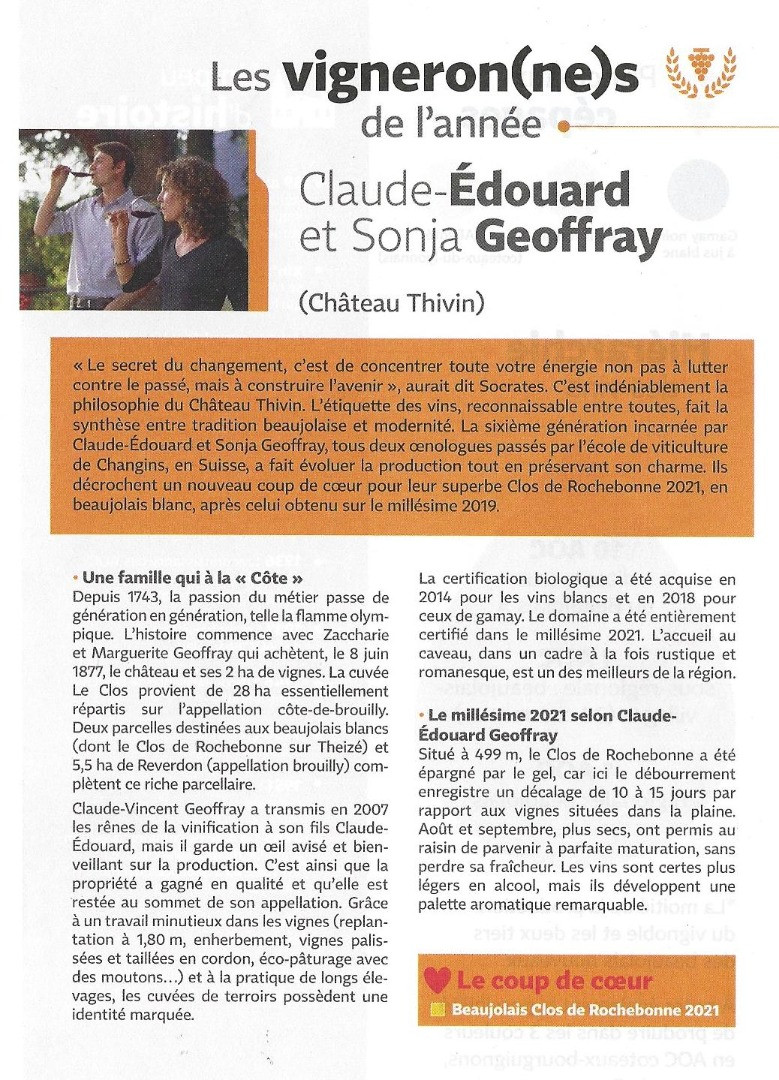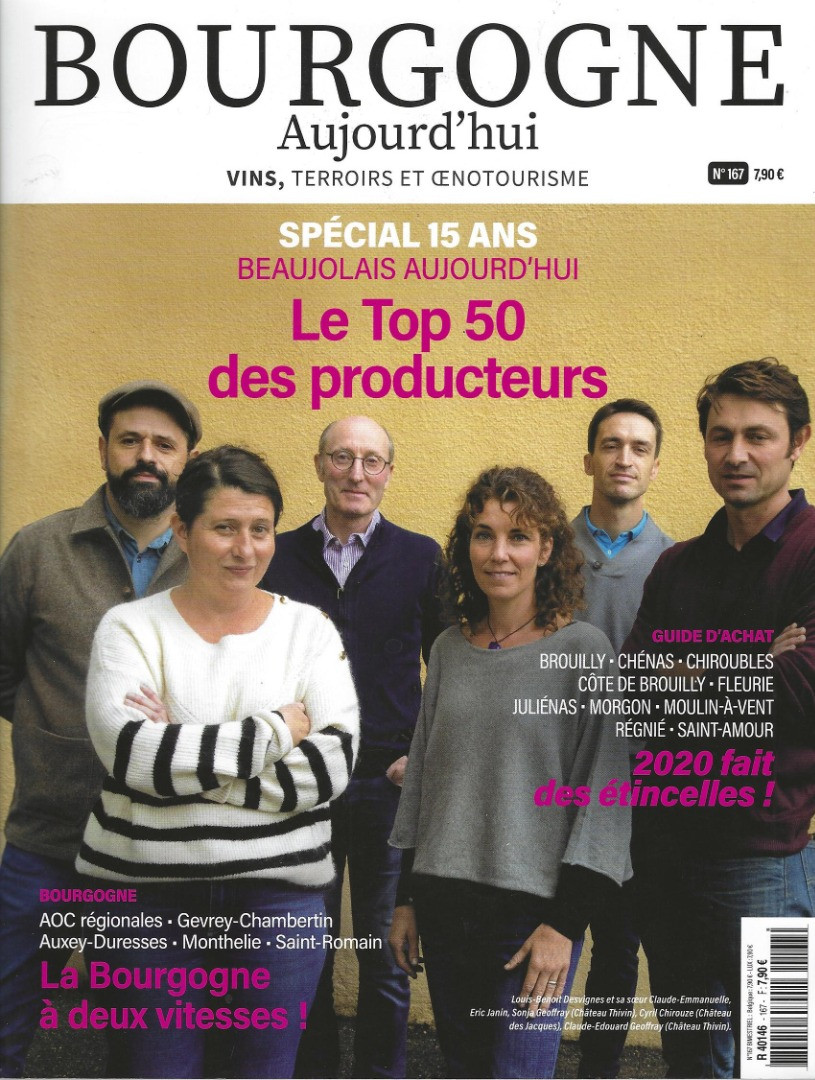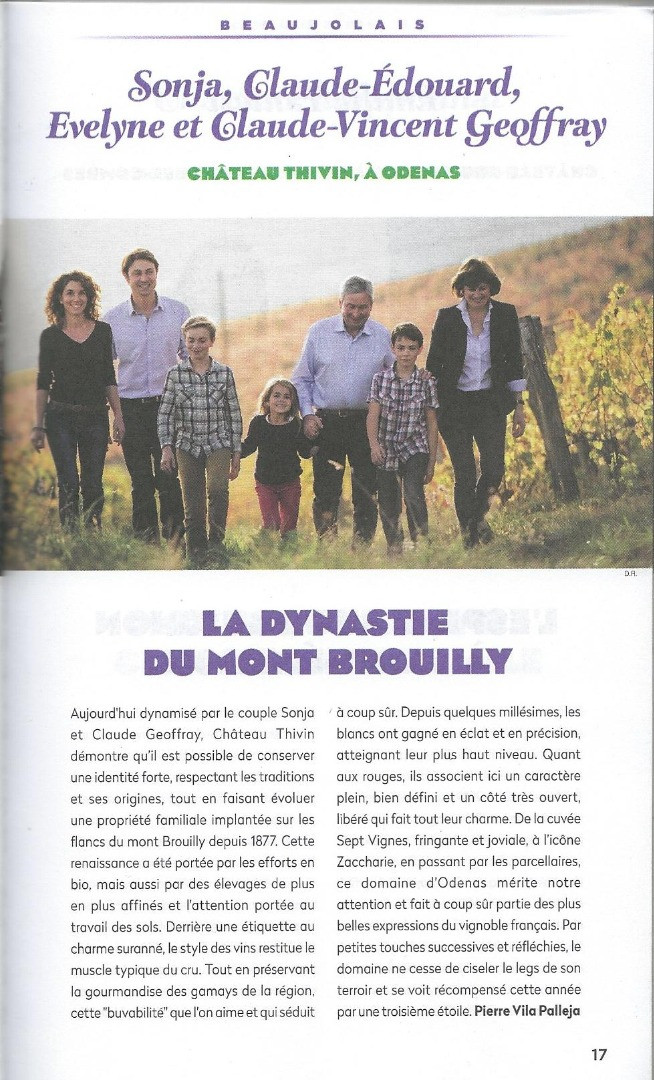mars 2024
James Suckling Wine Rating : OUR WINE CHOICE
Our Wine Choice selection this week is actually two versions of one wine from the same producer, Château Thivin in Beaujolais. In the United States, the wine bears the name of the renowned importer Kermit Lynch, and in all other markets it is called Les Sept Vignes. In both cases it is a cuvee of wines from all seven sections of the south-, east- and west-facing sides of Mount Brouilly, where Chateau Thivin has vineyards. They are currently under conversion to organic viticulture.
Both wines are wonderful expressions of modern Beaujolais, at once joyful and deep, with stacks of berry fruit and excellent structure. More time in the bottle will result in their smoky and spicy complexity expanding. How could you not like them? Both drink well now, but the unfiltered version from Kermit Lynch needs some aeration to give its best at this early stage, and it should keep a bit longer than Les Sept Vignes. However, both will easily hold for a further decade, if not two or three. This is the nature of well-made reds from the gamay grape when grown on a top terroir like this.
Formed 380 million years ago, Mount Brouilly is a mass of volcanic diorite, the rock that the winemakers of Beaujolais call pierre bleue due to its blue-gray color. The well-rounded peak on Mount Brouilly is almost 500 meters above sea level and all the vineyards of the Cote-de-Brouilly appellation are more or less steep. You don’t need to be an expert to see that this is a special place for wine. It is a spectacular feature of the landscape.
Although part of the Chateau Thivin building dates back to 1383, it took full form in 1877, when Zaccharie and Marguerite Geoffray bought the property. Today, Claude-Edouard and Sonja Geoffray run it and make the wines. There’s nothing flashy about what they do, rather it’s all about achieving great consistency of quality through attention to detail.
This pair of wines were both matured in large, old wooden casks of 2,000 to 4,000 liter capacity for at least half a year after fermentation. Gamay doesn’t need more oak than this, although top wines from the region can handle a bit of new oak, as this producer’s Cuvée Zaccharie proves. However, for drinking young I prefer the forthright fruit of this pair of wines. And 2022 is an excellent vintage!
– Stuart Pigott, Senior Editor



